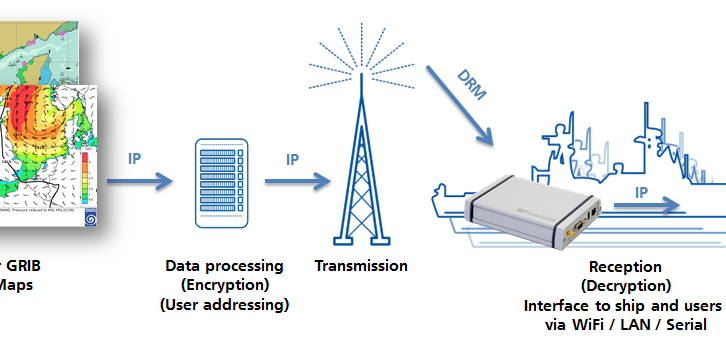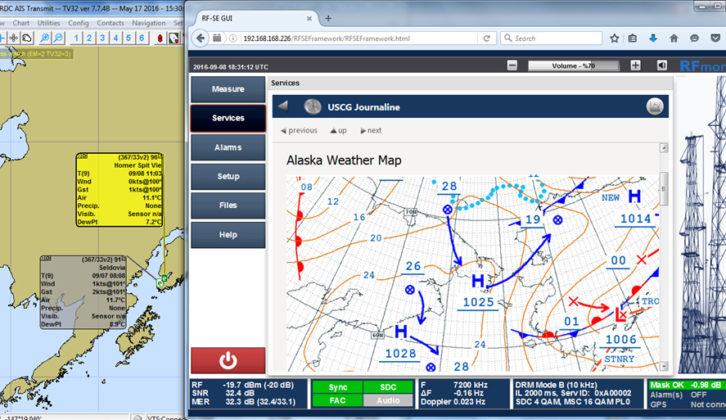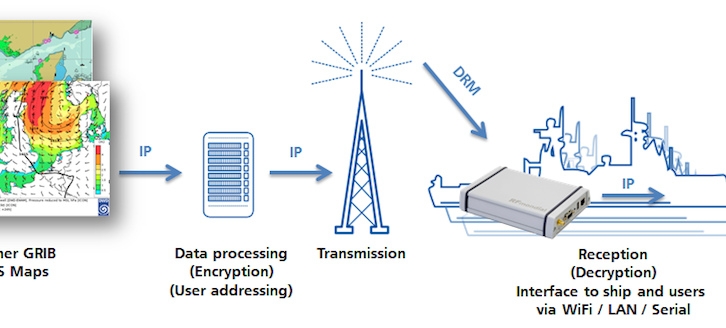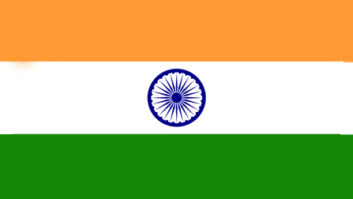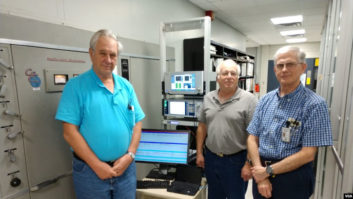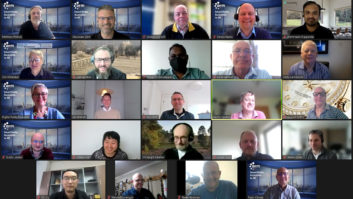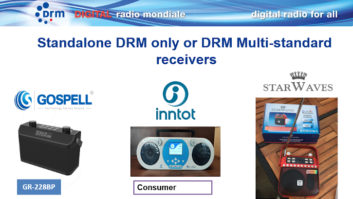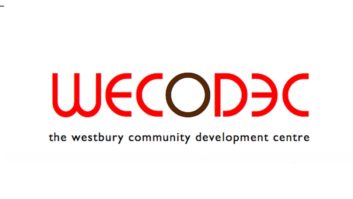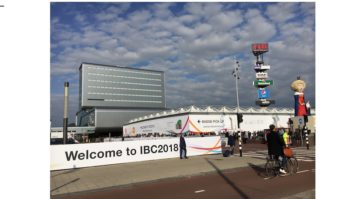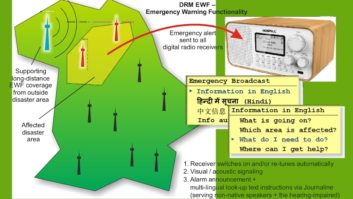The author is honorary chairman of the Indian DRM chapter
NEW DELHI — India’s public service broadcaster, All India Radio, has adopted the Digital Radio Mondiale standard for digital terrestrial radio transmissions in the medium wave and shortwave bands. DRM allows for multiple FM-like radio services plus associated data such as multilingual news articles to be carried in place of or as an extension to the former analog radio services, while maintaining the large-area service coverage of the AM bands.
AIR’s 35 medium-wave transmitters, with a power range from 20 kW to 1000 kW, continue to operate in DRM — two of these in pure DRM and 33 in simulcast. Twenty-five are working in pure DRM daily for one hour. Two shortwave transmitters are also carrying DRM services. Two more shortwave transmitters, 100 kW each, are under trial in New Delhi and are expected to be operational in a couple of months for service to neighboring countries.
IN-CAR DRM RECEPTION
The car industry in India has invested millions of dollars in the domestic development of DRM digital radio-capable receivers and chipsets. Manufacturers are already equipping new car models with default DRM radio sets at no extra cost to customers.
At the end of 2017, there were about 500,000 cars with line-fit DRM receivers and at the beginning of May 2018 that number was over 800,000.
Hyundai has built-in DRM radios in all its models except one. Their latest model with built-in DRM receiver, one of the most popular and best-selling SUVs in India, Creta, just launched.
Maruti Suzuki has incorporated DRM receivers in six models and all their models are expected to have built-in DRM receivers by the end of December 2018. In addition, Mahindra has installed DRM in its TUV model. Most of the leading car manufacturers have either already incorporated DRM receivers in their cars or are in the process of doing so.
STANDALONE DRM RADIO RECEIVERS
Activity has increased notably during the last 12 months. Communications Systems Inc. was the first Indian radio manufacturer to domestically develop and produce an ambitious DRM receiver (AV-1401). It offers a color screen display, stereo speakers, built-in chargeable battery with 10-hour capacity on full charge, external power source connection, detachable remote control, recording and playback from an external source and a full-fledged media player for all types of digital content. It supports all the DRM-specific features including Journaline advanced text and Emergency Warning Functionality even from standby mode. The model was recently updated,
Several additional Indian companies are also in the process of designing/developing DRM receivers. Inntot Technologies, for example, is a young innovative start-up enterprise that has developed a software-based DRM receiver based on a generic processor, expected to be very cost effective. The design has been field tested in a number of cities in India.
Recently it was announced that Inntot Technologies had raised approximately US$0.5 million in its seed round from early-stage venture capital firm Unicorn India Ventures for developing DRM receiver solutions and other digital radio products. While the first models included solutions for DRM in AM, provision for DRM in the FM band is also expected to be incorporated.
GeekSynergy, another creative start-up company in India, is working on the development of an affordable yet full-featured DRM receiver likely to be showcased soon. The company is also working on incorporating DRM into smartphones using one of the most well-known chips used in all the branded cellphones.
In addition, Gospell Digital Technology Co. Ltd. of China offers the GR-216 DRM receiver, which is already in production. The GR-216 can receive DRM signals in the AM and VHF bands. Core DRM features such as Journaline advanced text and EWF with automatic device-wake-up from standby are supported. Gospell is also developing a DRM receiver dongle, GR-227, which can be plugged in the existing audio systems in the car USB ports or Aux input to receive DRM signals.
Finally, Panama-based Titus SDR has developed a multi-standard and software-based digital radio receiver, supporting DRM in all bands (LW, MW, SW, VHF bands I, II, III) as well as DAB(+).
Titus SDR supports the full feature set of DRM functionality, including Journaline with full Unicode multiscript, slideshow images, EWF, transparent file transmissions (e.g. for educational services, when combined with the power of the full integrated android based tablet), EPG/SPI and service logo download, etc.
The model features a Wi-Fi hotspot feature, which allows all Wi-Fi enabled mobile devices to connect to the Titus and receive all the DRM services including audio streaming and Journaline using their standard web browser.
AIR’S PHASE II DRM ROLLOUT
While AIR’S Phase I of the national DRM rollout project focused on establishing the transmitter network nationwide and was successfully concluded last year, Phase II is concentrating on optimizing DRM coverage, service quality and incorporating full features.
Enhanced DRM services with improved coverage and audio quality along with Journaline and service logo transmissions have already been placed on-air in New Delhi and Bangalore and are scheduled to be on-air soon in Pune and Chennai and later all over India.
AIR in Bangalore has added a dedicated web page entitled “DRM Digital Radio Bengaluru,” for easy access (on any type of device, including smartphones) to audio and Journaline text functions of its DRM broadcasts, which feature popular programs such as Vividh Bharati and AIR Gold FM.
Multimedia Player shows two audio programs available from AIR Bengaluru as well as the text service Journaline showing RSS AIR information feeds.
AIR’s ongoing endeavor to offer the full DRM experience is at the forefront of the broadcaster and its stakeholders’ agenda. At the most recent meeting in May, several ideas were put forward to make AIR a digital pioneer. These include:
- Provide popular programs in excellent digital audio quality
- Provide relevant multilingual text services through Journaline
- Provide traffic information, Emergency Warning Functionality, etc.
- Take private FM broadcasters on board on AIR’s DRM national network in the medium-wave band and offer them digital options (as up to three channels are now available in pure DRM from one transmitter). Since AIR DRM transmitters can cover an area of over 60 percent of the country when operated in pure DRM, listeners in these areas would be able to receive programs of private broadcasters, unavailable on FM with its limited coverage.
- Plan an extensive public awareness campaign including demonstrations of digital services in public places.
- DRM programs are already bringing new content to many Indian areas, which were not covered in AM or FM. AIR should identify these areas and start a public awareness campaign there.
- Stakeholders are encouraging the government to consider giving incentives to the private broadcasters to start DRM services and to the domestic DRM receiver manufacturers to produce large numbers of DRM receivers at affordable prices.
- Since the Telecom Regulatory Authority of India (TRAI) has already made its recommendation on the digitization of VHF band II (FM), the major Indian stakeholders are expecting the government to frame and announce urgently a policy for the VHF digitization.
- With so much progress having been made in India, there is increasing pressure for the public announcement of a clear roadmap toward the official launch date of digital radio services (coverage and services/features) in India.


